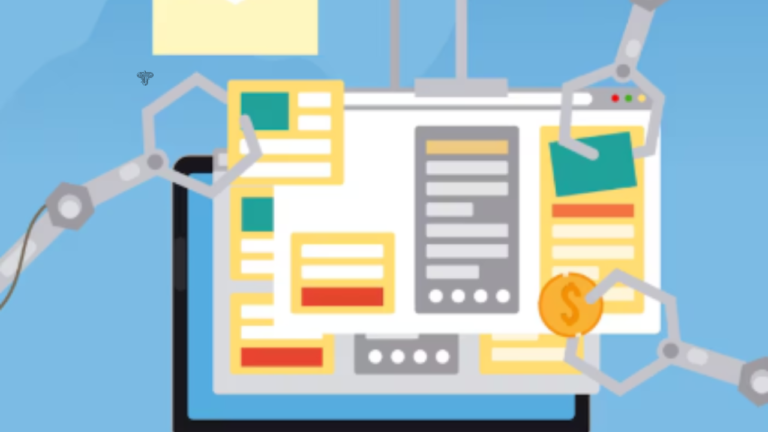Driving Revenue with Effective Sales Forecasting
Sales Forecasting is a critical process that enables businesses to predict future sales, optimize resources, and make informed strategic decisions. By analyzing historical data, market trends, and customer behavior, sales forecasting provides a roadmap for revenue growth and operational planning. This blog explores the methods, benefits, and best practices of Sales Forecasting, offering insights for organizations aiming to enhance their revenue strategies.
Sales Forecasting involves estimating future sales volumes over a specific period, typically using quantitative methods (like time-series analysis or regression models) and qualitative inputs (like market insights or sales team feedback). Tools like Salesforce, HubSpot, or advanced BI platforms integrate data from CRM systems, economic indicators, and competitor analysis to generate accurate forecasts. These predictions guide inventory management, budgeting, and staffing decisions, ensuring businesses are prepared for demand fluctuations.
The benefits of Sales Forecasting are substantial. Accurate forecasts improve resource allocation, preventing overstocking or stockouts, which can save costs and boost customer satisfaction. For example, a retailer might use forecasting to prepare for holiday sales spikes, ensuring adequate inventory and staffing. Forecasts also support financial planning, helping businesses set realistic revenue targets and secure investor confidence. Industry data suggests that effective forecasting can improve revenue predictability by 15-25%.
Implementing Sales Forecasting requires a blend of technology and expertise. Businesses should start by defining forecasting goals, such as short-term sales targets or long-term market expansion. Data quality is critical, as inaccurate CRM data or incomplete market insights can skew results. Machine learning models, increasingly used in modern forecasting tools, can enhance accuracy by identifying patterns in large datasets. Collaboration between sales, marketing, and finance teams ensures forecasts reflect both market realities and internal capabilities.
Challenges include unpredictable market shifts, such as economic downturns or supply chain disruptions, which can disrupt forecasts. Overreliance on historical data without considering external factors can also lead to errors. Regular updates to forecasting models, incorporating real-time data like customer sentiment or economic indicators, can mitigate these risks. Training sales teams to provide accurate pipeline data and fostering a data-driven culture are also essential.
Real-world examples illustrate the power of Sales Forecasting. E-commerce platforms use it to optimize pricing strategies, while manufacturers forecast demand to streamline production. Studies show that companies with robust forecasting processes achieve 10-20% higher sales growth. Forecasting also supports strategic initiatives, such as entering new markets or launching products, by providing data-driven confidence.
In a competitive market, Sales Forecasting is a vital tool for driving revenue and resilience. By leveraging advanced tools, ensuring data accuracy, and fostering cross-functional collaboration, businesses can predict demand with confidence and stay ahead of the curve. Whether you’re a small business or a global enterprise, effective Sales Forecasting is key to sustainable growth.






